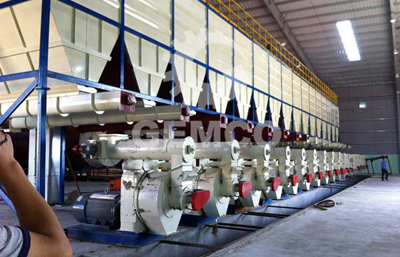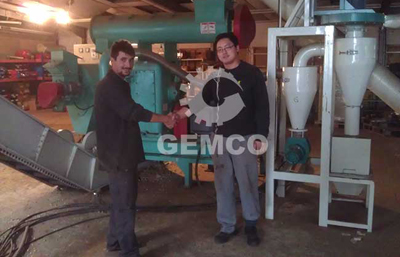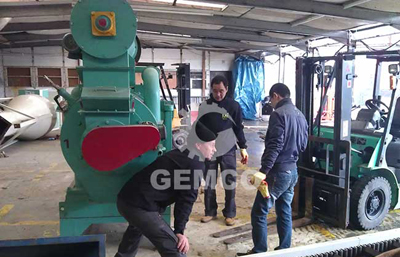The development history of biomass pellets
Biomass pellet fuels are made of sawdust, forestry waste and crop straws. The density of raw materials is 0.1-0.13t/m3. After crushing and molding, the bulky materials are made into solid pellets, with the density of 1.1-1.3t/m3. By molding, wood pellets become convenient to transport, store and use. The combustion effect is distinctively improved.
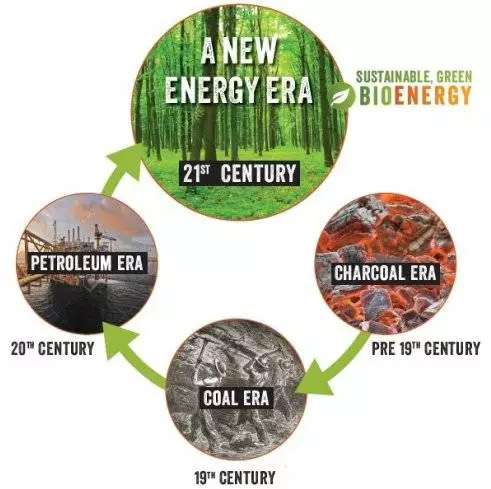
Biomass pellets in Europe
In the 1970s, the energy crisis drive people to look for substitutes for fossil fuel. Biomass pellets thus became a choice. Biomass pellet machines are originally used to make animal feed pellets. With the upgrade of technology, they can process wood materials with high hardness and density. Owing to developed wood industry, the pursuit of energy independence and the commitment of environmental protection, Sweden become the pioneer of biomass energy.
The wood pellet production in Sweden began in the late 1970s when it build the first wood pellet plant in Mora. This plant went into operation in Nov. 1982, but it soon close down in 1986. It transform the oil firing boiler into pellet boiler, but the energy efficiency is low. Beside, it adopts wood pellets made of barks, whose quality is low and the ash content is 2.5-17%.
In 1984, a new wood pellet plant was established in Vargada. It close down in 1989. Volvo group is the last owner. In 1987, the first dry material pellet plant was established in kil, whose production capacity is 3000ton/year. This commercial wood pellet plant has the longest history in Sweden, which is still in use.
At the beginning of 1990s, Sweden government pass a proposal to lay taxes on fossil fuels. Besides, it also restrict the carbon emission. Under this condition, burning fossil fuel become non-profitable, which creates opportunities for biomass fuels. This can be seen a turning point in the growth of wood pellet application.
With more European countries carries out such policies, Europe become the largest consumer of biomass pellets. Wood pellets can be transported and delivered by trucks, and store in residential areas. Wood pellets are not only used for home heating, but also used in power plant and other industries.
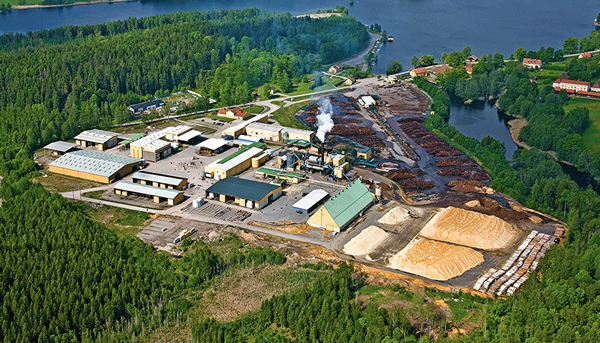
Biomass pellets in north America
In north America, wood pellet fuel industry starts in the 1980s, with the application of residential wood pellet stove. Pellet stove provide a new and convenient way for home heating. It can reduce PM emission and meet the requirement of EPA (Environment Protection Agency). The consumption of wood pellet stove rise up rapidly in the 1990s and peaked in 1994, then level off with the emergence of gas stove. The wood pellets demand grows along with the consumption of pellet stove. During this period, residential use account for 95%, others are for industrial use.
In 1984, 2 wood pellet plant was established in northwest America. In the beginning, most wood pellet plants was owned by small companies. With the increasing demand of Europe, more and more large wood pellet plants come forth. Currently, Europe is the main export destination of America and Canada.
These wood pellet plant usually adopt sawdust as raw materials. Wood shaving and chips are rare to see. Some wood pellets manufactures are a part of wood processing plants. Some large manufacturers purchase raw materials directly from the market.
Besides large wood pellet plants, there are many individual household, especially in rural areas. They use small pellet machine to make wood pellets for self use and meet the demand of surrounding areas. This is a way to make profits from existing wastes.
Wood pellet business is developing with the establishment of many wood pellet plants. Many companies need 6-18 months of adjustment period, owing to the raw materials change, improper construction and equipment, inexperienced managers and workers.
With the development of biomass industry and improvement of environment, enterprises usually do some research before entering this business, and collect information from other manufactures. Equipment suppliers will supply mature solutions, and engineering companies will provide better design and services.
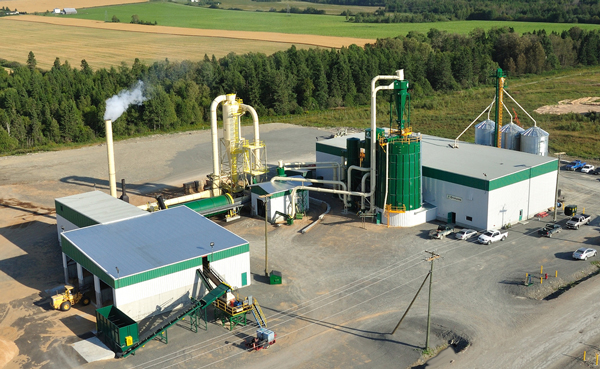
The future development of biomass pellet
Since the 21st century, wood pellet consumption grow at the rate of 15%-20% every year. With more restriction on fossil fuel and carbon emission, the wood pellet consumption is expected to have strong growth. Europe and America will remain as the largest market, but the growth rate will level off. New growth impetus will come from Asia, especially Japan and Korean. As predicted by Future Metrics, by 2025, the new wood pellets demand will be 16 million tons annually.
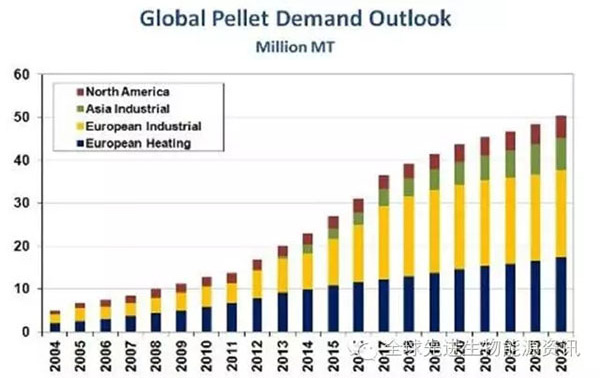
We receive enquiries in English, Español (Spanish), Русский язык (Russian), Français (French) and العربية (Arabic). Our professional team will reply to you within one business day. Please feel free to contact us!
